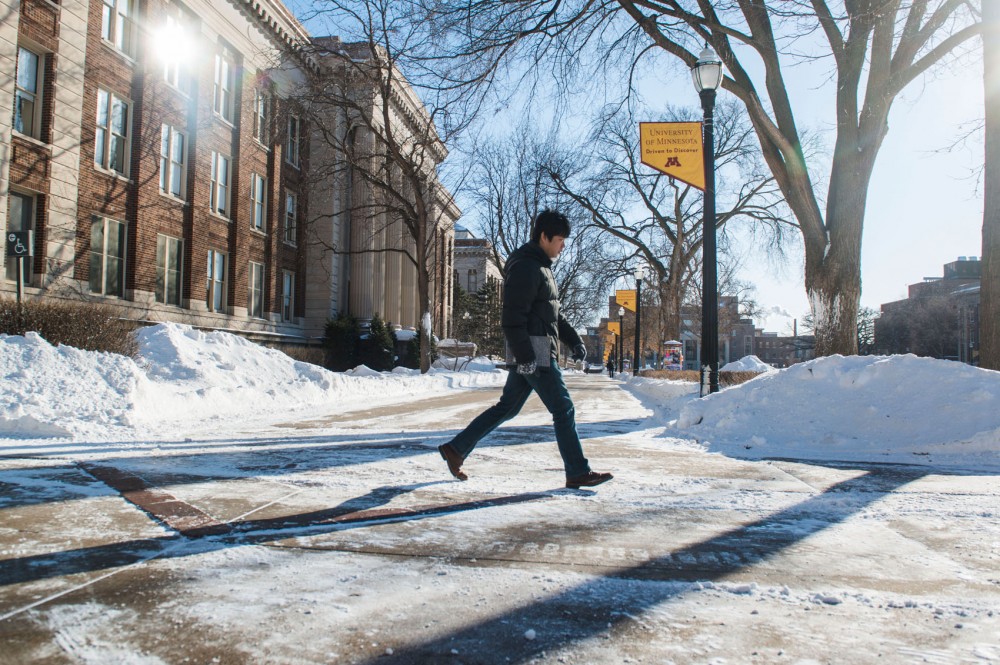 The University of Minnesota is among the worst schools in the nation for black students’ college completion, a report released Wednesday found.
The University of Minnesota is among the worst schools in the nation for black students’ college completion, a report released Wednesday found.
The report, commissioned by the Education Trust — an education advocacy organization based in Washington D.C. — reviewed 676 private and public institutions in the country and found that the University of Minnesota has the 79th highest disparity in the country, with a 23.8 percentage gap in six year graduation rates between black and white students.
The University of Minnesota’s gap is the second-highest among the eight Minnesota schools listed in the report and is second-highest in the Big Ten.
“We have been aware of [it] in Minnesota for many years, that we have a challenge with regards to gaps by race, in terms of post-secondary attainment,” said Larry Pogemiller, commissioner of the Minnesota Office of Higher Education.
The University of Minnesota was one of the study’s 21 bottom-performing schools for black student college completion in the country.
A bottom-performing school trails its peer institutions’ average of African-American student completion by at least 10 percentage points and has completion gaps between black and white student exceeding 20 percentage points.
Pogemiller said while the University has made progress, “we just have not been able to solve the problem to date.”
Recommended practices based on research, such as first year orientation programs, support services and guidance on a regular basis, have been shown to reduce gaps in graduation, Pogemiller said.
“It’s pretty well known what can work. It’s really a question of if institutions can scale that up,” he said.
Andrew Nichols, one of the authors of the study, said schools also need to analyze their data to determine the causes behind the gap. Based on that, he said, institutions can determine if there needs to be more supplemental education, advising or financial help.
“It’s also a matter of social justice in terms of ensuring that all students have equality,” Nichols said.
Nichols said although black student enrollment outpaced other ethnic groups over the past decade, black graduation rates have only gone up two percentage points while white graduation rates have gone up around five.
Robert McMaster, vice provost and dean of undergraduate education at the University, said the school looks at data on graduation and achievement gaps regularly, especially first-year retention rates and four- and six-year graduation rates.
While the University has seen graduation rates going up for both white students and students of color, it is still not where leaders want it to be, McMaster said.
“We’re well aware of where we sit with this gap,” McMaster said.
He said the most recent data for the University shows the six-year graduation gap between white and black students at around 17 percent, a six-point drop from the data in the study, which looked at academic years 2012, 2013 and 2014.
The gap between first-year retention rates for black and white students sits at only one percent, McMaster said. Additionally, for the first time, this year’s first year retention rate for students of color exceeded that of white students, he said.
Still, the graduation gap is where the work needs to be done, he said.
The University also recently started a scholarship for low-income students and added 18 new academic advisors for the whole student body to help alleviate the gap, McMaster said.
“The goal is to have zero gap,” McMaster said.








